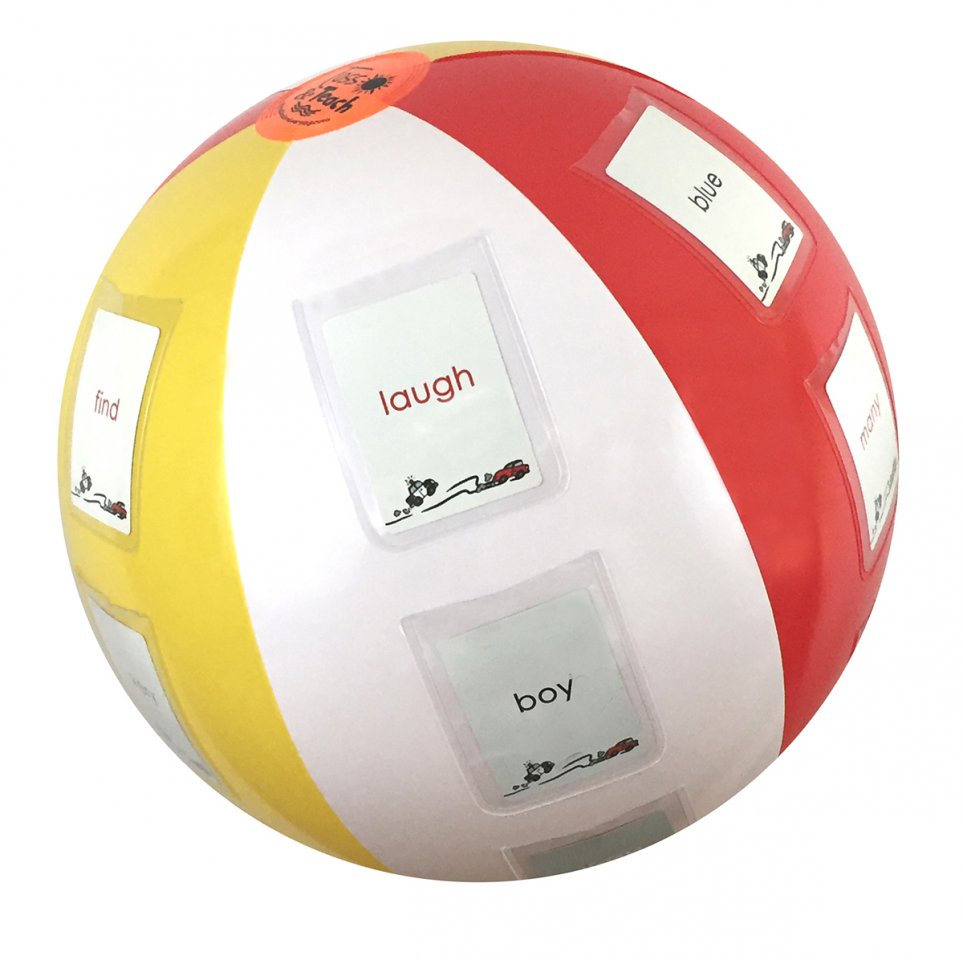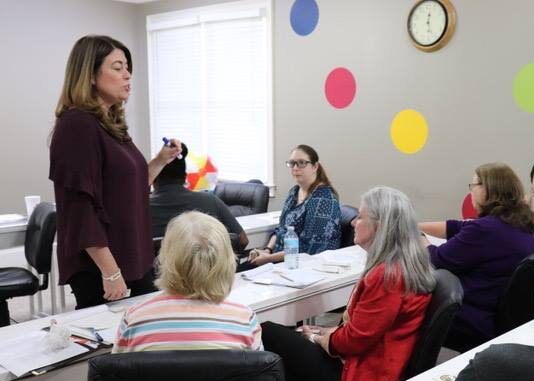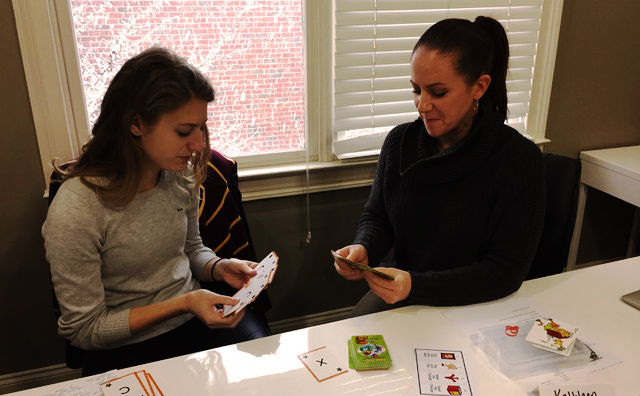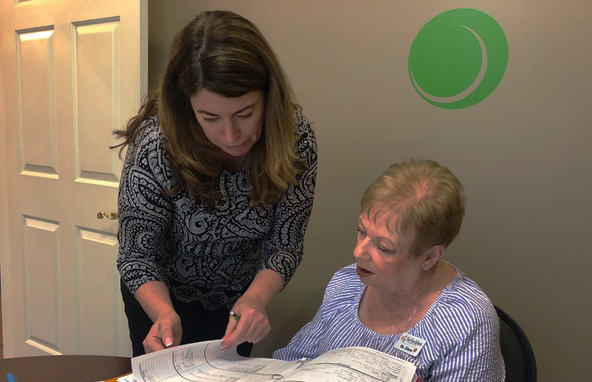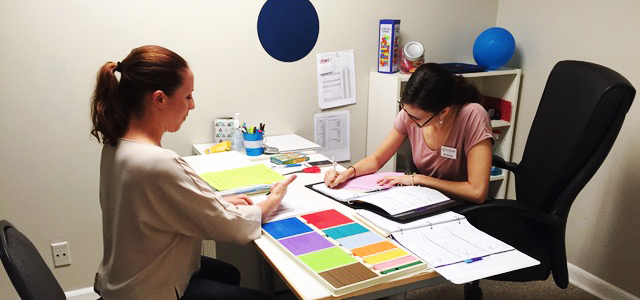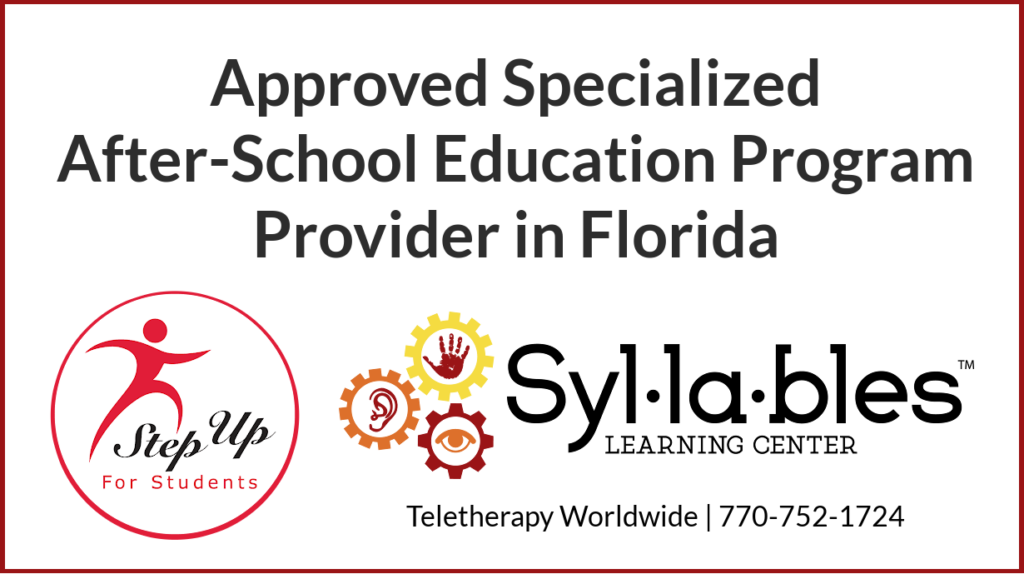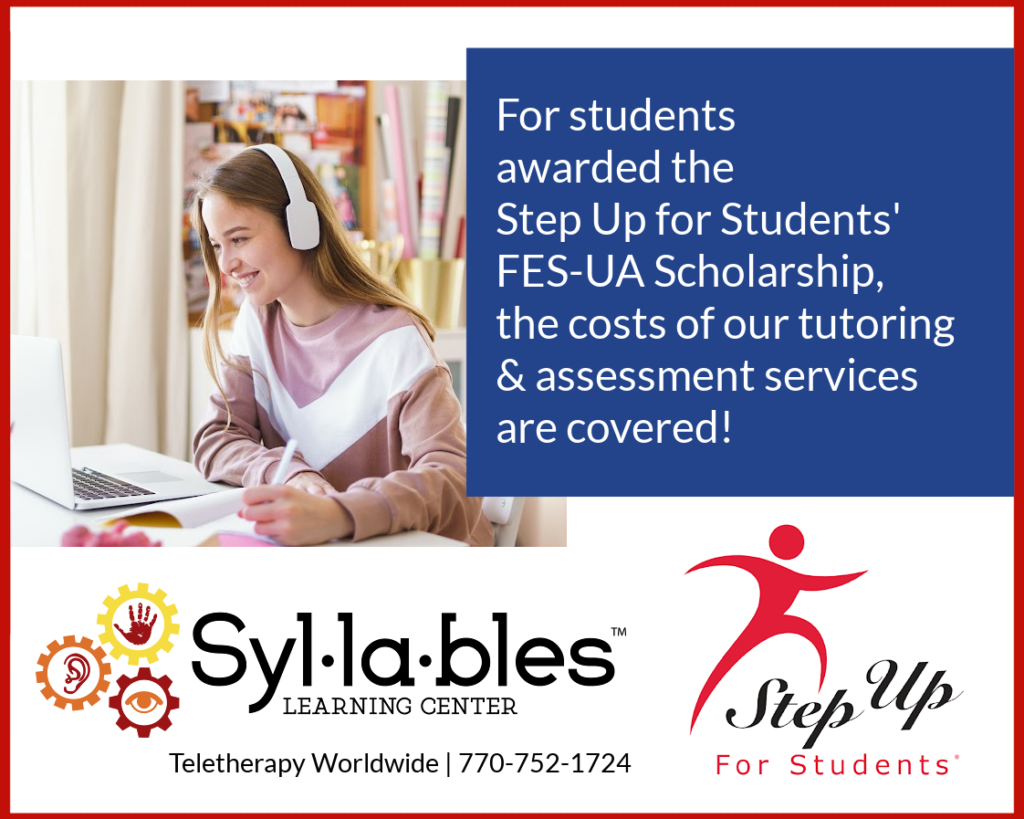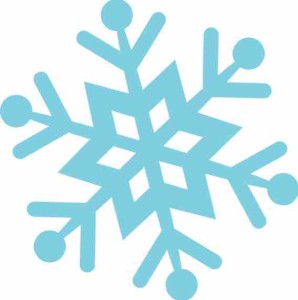Road Tripping this Summer?
10 ways to eliminate the “I’m Bored,” chorus from the backseat.

Whether you’re traveling cross country or logging time running errands around town, put your car time to good use this summer with these 10 fun road trip word games. Shhhh — don’t tell the kids that you are reinforcing language skills while they are having fun.
1. Graffiti
Let the kids write on the windows with dry erase markers. Older kids can play hangman and younger children can practice their name and alphabet. Make sure to have a roll of paper towels on hand!
2. License Plate News
Call out the letters on the license plate in front of you and have your kids develop a wacky newspaper headline using the letters as the start of each word. For instance, MEW could be “Man Eats Walrus,” and BDH could be “Boy Develops Hovercraft.” For younger kids, simply have them think of a word for each letter.
3. Sound String
Create a string of words by listening for the beginning and ending sounds! Say a word and have your child repeat it slowly, emphasizing the ending sound. Ask your child to think of another word that begins with the ending sound of the first word. For instance, if you say “cat,” your child could say, “top.” Take turns forming a string of words. Note: use the words’ ending sounds, not their ending letters (so if someone says “happy,” the next word could be “eagle,” but NOT “yellow”).
4. ABC Scrapbook Page
 While traveling home from vacation, have your children write the letters A – Z down the left hand side of a piece of notebook paper. Have them think of a word from your trip that starts with each letter. Be creative. For instance, a trip to Disney World might yield a list that starts like this, “Ariel, Belle, Carousel, Dad, Everybody was happy, Florida, and so on.” Your children may either write or illustrate their word if it is too difficult to spell. This idea was submitted by a parent who regularly plays this game with her kids and saves the results as a trip memento.
While traveling home from vacation, have your children write the letters A – Z down the left hand side of a piece of notebook paper. Have them think of a word from your trip that starts with each letter. Be creative. For instance, a trip to Disney World might yield a list that starts like this, “Ariel, Belle, Carousel, Dad, Everybody was happy, Florida, and so on.” Your children may either write or illustrate their word if it is too difficult to spell. This idea was submitted by a parent who regularly plays this game with her kids and saves the results as a trip memento.
5. Mad LibsTM
Play Mad LibsTM with a twist! Buy a Mad LibsTM tablet, download the Mad LibsTM App, or download pages by searching the internet for “free Mad Libs printables.” Have an adult (non-driving, please!!) call out the word-type needed, but with an added twist. For instance, “I need a verb that starts with /p/,” or “Give me a three-syllable noun.”
6. Travelogue
 For older kids with internet access: have your child Google the towns you pass through and ask them to find and read aloud three interesting facts about that town. If you are in no-man’s land, have them research your destination and tell you about some of the landmarks you will see there.
For older kids with internet access: have your child Google the towns you pass through and ask them to find and read aloud three interesting facts about that town. If you are in no-man’s land, have them research your destination and tell you about some of the landmarks you will see there.
7. Story Building
Have one family member develop the first sentence of a story. Take turns adding a sentence. You won’t believe the plot twists that ensue!
8. Unfortunately/Fortunately
Similar to Story Building, you will create a story one sentence at a time. However, the beginning word of each sentence must alternate between “unfortunately” and “fortunately.”
This is how your story might unfold: “Unfortunately, on the way to Grandma’s house, Mom took a wrong turn. Fortunately, the road led to an amusement park. Unfortunately, it was closed. Fortunately, the gate was unlocked. Unfortunately, a guard dog blocked the entrance.” And so on…
9. Grocery List
Build an imaginary grocery list one item at a time in alphabetical order. The trick is remembering each item on the list as it grows. For example, the first person might say, “I went to the grocery store and I bought artichokes.” The next person might say, “I went to the grocery store and I bought artichokes and Band-Aids.” Create any kind of list you want — items to take to the beach, things found in Aunt Betty’s house, etc.
10. Audiobooks
 Did you know listening to books can help build your children’s vocabulary and make them better readers?
Did you know listening to books can help build your children’s vocabulary and make them better readers?
Often there is more than one way to sound out a word. If your child has heard a wide variety of words in literature, she will be better able to access her decoding skills and read more fluently because it is easier to read words you have heard before. Audiobooks also improve listening comprehension. While traveling this summer, consider listening to audio books in the car instead of listening to the radio or watching a DVD. Follow along with the written book, or sit back and enjoy the scenery. Either way is beneficial.
Share Your Ideas
Have an idea of your own? Email us and we’ll include it in a future blog post!


 Five Finger Test
Five Finger Test
